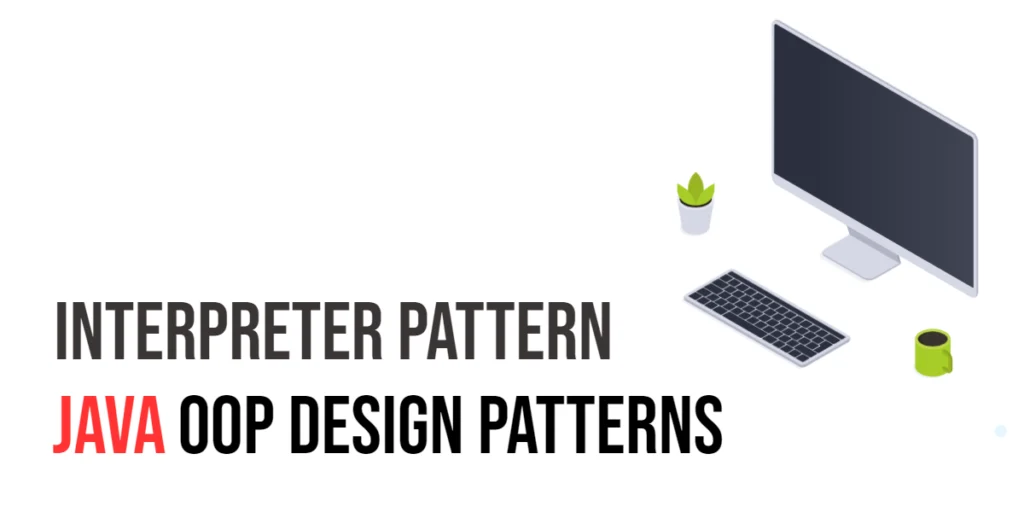Calculating the volume of a sphere is a fundamental problem in geometry and programming. Spheres appear in many real-world scenarios, from balls and planets to containers and scientific calculations. Learning to calculate the volume in C++ helps beginners understand formulas, mathematical operations, and basic programming concepts while connecting coding with practical applications.

with hands-on learning.
get the skills and confidence to land your next move.
Program 1: Calculate Volume of a Sphere Using User Input
This program allows the user to enter the radius of a sphere, then calculates the volume using the formula: Volume = (4/3) × π × r³.
#include <iostream>
#include <cmath>
using namespace std;
int main() {
double radius, volume;
cout << "Enter the radius of the sphere: " << endl;
cin >> radius;
volume = (4.0 / 3.0) * M_PI * pow(radius, 3);
cout << "Volume of the sphere is: " << volume << endl;
return 0;
}The program takes the radius from the user, computes the cube of the radius using pow(), multiplies by 4/3 and π, and outputs the volume. Beginners can learn how mathematical formulas translate directly into code, while practicing input, output, and arithmetic operations.
Program 2: Calculate Volume with Predefined Radius
Sometimes it’s useful to calculate the volume of a sphere using predefined values, which helps beginners verify calculations without entering data each time.
#include <iostream>
#include <cmath>
using namespace std;
int main() {
double radius = 5.0;
double volume = (4.0 / 3.0) * M_PI * pow(radius, 3);
cout << "Volume of the sphere is: " << volume << endl;
return 0;
}This approach allows learners to focus on understanding how the formula works in code rather than user input handling, making it easier to grasp the basic calculation steps.
Program 3: Calculate Volume for Multiple Spheres Using Arrays
If you need to calculate the volume of multiple spheres, arrays can store different radii, and a loop can perform the calculation efficiently.
#include <iostream>
#include <cmath>
using namespace std;
int main() {
double radii[] {3, 5, 7};
int n = 3;
for(int i = 0; i < n; i++) {
double volume = (4.0 / 3.0) * M_PI * pow(radii[i], 3);
cout << "Sphere " << i+1 << " Volume: " << volume << endl;
}
return 0;
}This program teaches beginners how to handle multiple datasets and automate calculations with loops. It also shows how arrays can store multiple input values for more efficient processing.
Program 4: Calculate Volume Using a Function
Encapsulating the volume calculation in a function improves code readability and allows reuse for different radii.
#include <iostream>
#include <cmath>
using namespace std;
double sphereVolume(double radius) {
return (4.0 / 3.0) * M_PI * pow(radius, 3);
}
int main() {
double radius;
cout << "Enter the radius of the sphere: " << endl;
cin >> radius;
double volume = sphereVolume(radius);
cout << "Volume of the sphere is: " << volume << endl;
return 0;
}Using a function demonstrates modular programming, where the calculation logic is separated from input and output. Beginners learn about parameters, return values, and reusable code, essential skills for larger programs.
Frequently Asked Questions (FAQ)
Q1: Can the program handle negative radius values?
No, a sphere cannot have a negative radius. Input should always be positive.
Q2: Can I use M_PI from <cmath> instead of defining pi manually?
Yes, M_PI provides a high-precision value of π on most systems.
Q3: Can I calculate surface area as well?
Yes, the surface area formula is 4 × π × r², which can be implemented similarly in C++.
Q4: Can this program handle decimal radii?
Yes, using double allows the program to handle fractional radius values accurately.
Conclusion
Finding the volume of a sphere in C++ is a simple yet useful exercise for beginners. By practicing with user input, predefined values, arrays, and functions, learners gain confidence in translating mathematical formulas into code. This knowledge is not only helpful in geometry but also in real-world applications like science, engineering, and 3D modeling, making programming both practical and engaging.
Additional & References
Experimenting with different radii, using arrays for multiple spheres, and implementing functions can enhance coding skills and understanding of modular design in C++. Beginners should practice these approaches to build efficiency and clarity in their programs.
- C++ Functions – Guide to writing reusable functions.
- C++ Arrays – Learn how to store and manipulate multiple values.
- C++ Input/Output – Efficient ways to handle user input.
- GeeksforGeeks: Volume of Sphere – Step-by-step explanation of sphere volume calculation.
- Mathsisfun: Sphere Volume – Understanding the mathematical formula for sphere volume.







